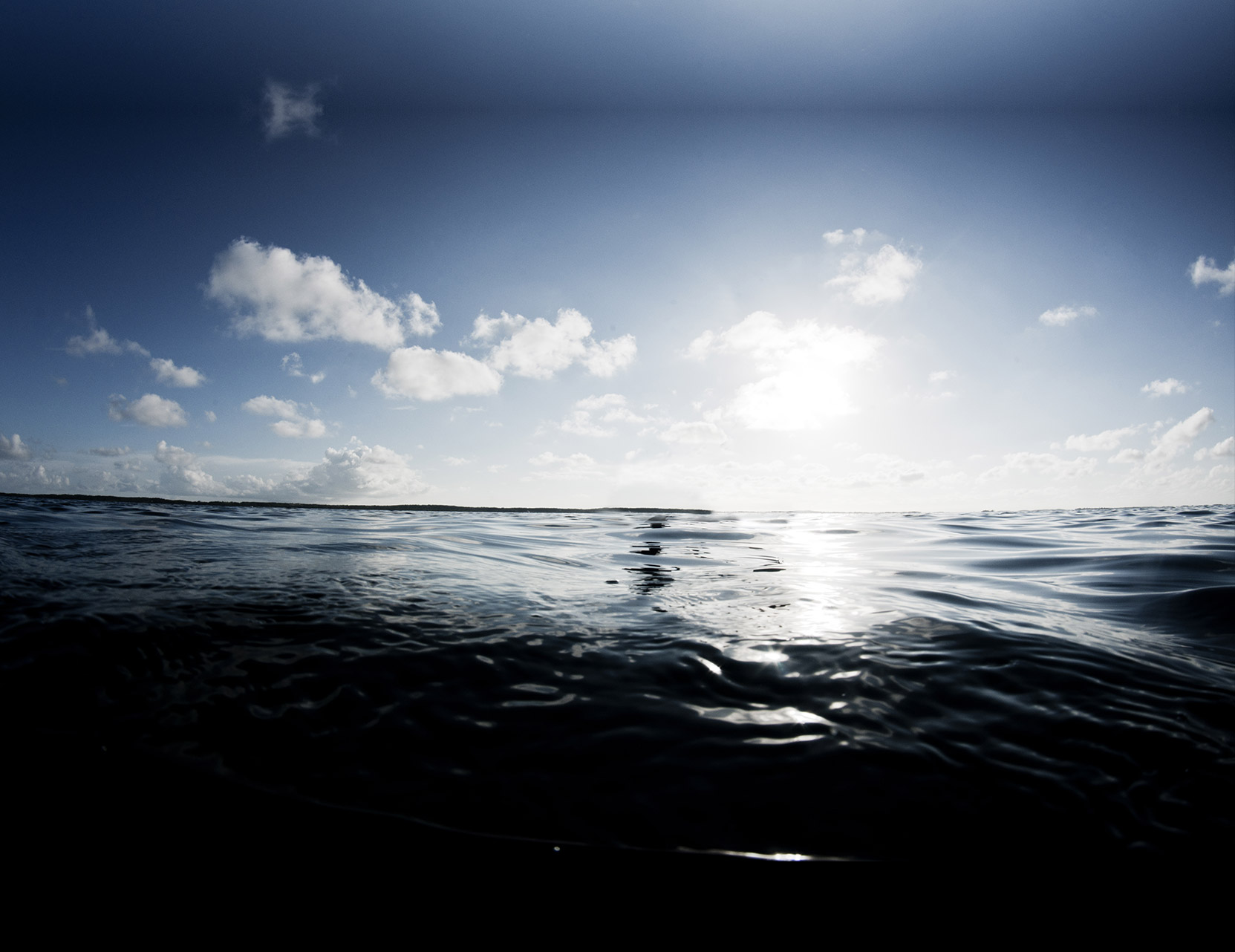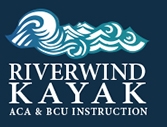Get Most out of Your Instruction
How to get the most out of your instruction
How to get the most from your instructor
Credit Jeffrey Forseth Be sure to follow more articles like this at seakayaksafety.com
Reflecting on my experience as a student of kayaking, I was thinking there could have been a way of speeding up my process of growth, had I known a few things.
Rather than summarizing what I alone think will be helpful, I wrote to a number of renown coaches, mentors and instructors, and asked the question of “How to get the most out of your instructor”, asking for tips to pass along and received a gracious outpouring of suggestions. Every coach will admit that they can ramble on forever because people love to listen to them , but these experienced and well trained educators also realize that to do so will become information overload; just more “blah, blah, blah” to ignore; so they remained true to form and kept their replies succinct.
I noticed there was a pattern to the replies and categorized them as
- Traits students should bring to class
- Goals
- Traits of coaches
- Communication
- Personalization
- Post instruction
Student traits
Coming to class with goals as well as an open mindedness to the instruction seems to play on the beginners as well as the more experience learner. We may think we know what we want to learn, but those with more experience instructing may see what is needed before we can get started on our goals. Being rigid in your thoughts will limit your possibilities.
“It’s useful to keep an open mind while the instruction is taking place” Anthony Schmitz
“Come with an open mind” John Carmody
“Be prepared to change as you learn more:” Peggy O’Neal
“Flexibility is good” Alec and Sharon Bloyd-Peshkin
Goals
Whether your goals are humble or lofty, they become the reason you keep paddling. Simple examples of goals work best when looking for a class or instructor: take better photographs (stability), paddle a Mississippi river trip next spring (edging, currents), become a more competent participant in group trips (BCU 3*), lead trips (BCU 4*), paddle the ocean (surfing, navigation), paddle active environments (rolling, stability/bracing), get to know your boat (turns, strokes), fitness (forward strokes). Make sure to let your coach know, they want really want to see you meet these goals.
“There is nothing better than a mentee that knows what they want to learn” Christopher Crowhurst
“Don’t come with the idea of covering a syllabus, but covering your needs.” John Carmody
“Ask for an action plan to reach both your short term and long term goals. John Carmody
“Since newer paddlers aren’t as knowledgeable about specific skills or coaching styles, they are best off explaining their paddling ambitions and sharing any limitations (physical or psychological).” Alec and Sharon Bloyd-Peshkin
“If you have clear goals for your training, let the coach or instructor know.” Alec and Sharon Bloyd-Peshkin
Coach traits
First off: your coaches love this sport as much (or more) as you, and really want to share that one key aspect: enjoyment.
Second: Coaches are people too. They get their kicks in ways that may be different from each other and they understand that everyone has different goals.
Taking a little time to find a coach that not only appeals to you but who will also key in on your needs, will advance you along your path (even though you might not fully know what that path is) and mostly: appropriately challenge you. How do you go about this? Ask. They’d love to talk to you and see you get the most out of your instruction. If they can’t meet your needs, they will refer you to someone who can.
“If we instructors don’t learn as much from the students as they do from us, we just ain’t doing it right.” Dave Olson
“He/she [the coach] also wants you to have the best experience possible and to grow as a paddler.” Ryan Rushton
“I’d research the coach a bit, and figure out what she or he most enjoys about paddling.” Bonnie Perry
“Do some advance research into the instructor’s certifications, teaching style and approach (e.g. directed analytical, playful, guided discovery).” Alec and Sharon Bloyd-Peshkin
Communication
At this point, I’m not thinking of this as a talent of the coach, but a necessity of the student. Before, during and after is when the student needs to engage the coach. As in the previous section, let them know what your goals are.
During the instruction, being engaged in your activity stimulates the coach too; perform as instructed and seek clarification or elaboration if there’s a point you don’t understand, ask what would be next on the learning spectrum.
But you can’t learn if you’re the one doing the yacking.
[A student should]“communicate [your] desire, and then listen” to the advice provided. Christopher Crowhurst
“communication is a two way street” Christopher Crowhurst
“Don’t be afraid to ask questions or make requests!” Ryan Rushton
“Ask why: We don’t have to do much paddling before we start running into instructors and coaches and other paddlers who have differing opinions or tell us to do things in different ways. When you run into that, probe for why the person has come to their conclusion. Peggy O’Neal
“Newer paddlers will generally get the most out of an instructor by being as clear as possible about their goals for the instructional session.” Alec and Sharon Bloyd-Peshkin
“Talk to the coach or instructor before signing up for the course. If you have clear goals for training, let the coach or instructor know. Come to a course with questions.” Alec and Sharon Bloyd-Peshkin
Personalize
If you want to get the biggest bang for your buck consider personalizing it, perhaps to fine tune an area that’s been a little sticky for you.
“I’d research the coach a bit… I’d approach her/him… Of course not limiting the instruction to that one area.“ Bonnie Perry
“Develop a long term relationship with one coach.” John Carmody
“Consider taking a private lesson. Working one on one (or one on two) is a different experience. The focus on your specific needs and interests can be very rewarding.” Alec and Sharon Bloyd-Peshkin
Post instruction
This is the time to reflect, grow and adjust your goals. If the instructor has a debriefing period, this may be where the most is gained from your learning. Debriefing should put things in to perspective: past, present and future.
“Wait until later to think critically about how it jibes with information from other instructors or with [your] own sensibility.” Anthony Schmitz
“At the end of each training session, ask for an action plan to reach both your short term and long term goals.” John Carmody
“Commit to spending way more time outside the training incorporating the new skills into your repertoire. Learning safe effective and efficient paddling skills is difficult.” John Carmody
“Be patient.” John Carmody
“Take notes: Make the time to take notes after a class or other learning experience. That lets you process what you’ve learned, and also lets you remember and review in the future. . Peggy O’Neal
“Then time can be spent with quality practice time and tweaks.” Ben Lawry
Summary
One point that should now be evident is that if you want grow your kayaking skills, it may take forever to learn on your own. Why not speed up the process and take instruction from a qualified coach? Take these suggestions as you like to aid you in your growth. Above all else have fun and be safe.
“Train for the worst, hope for the best”
Credit Sea Kayak Safety.com

